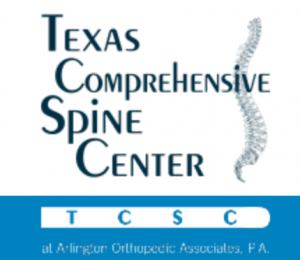Lordosis
 The human spine has a slight “S” shape. The different natural curves that make up the shape, lordotic and kyphotic curves, help the body support the weight of the head, absorb shock, and keep the body in alignment. Lordosis occurs in the lumbar spine or cervical spine, when the natural curve comes too far forward towards the belly. In patients with Lordosis, the exaggerated curve causes postural issues, places excess pressure on the spine, and has the ability to potentially inhibit movement if left un-evaluated from a spinal specialist.
The human spine has a slight “S” shape. The different natural curves that make up the shape, lordotic and kyphotic curves, help the body support the weight of the head, absorb shock, and keep the body in alignment. Lordosis occurs in the lumbar spine or cervical spine, when the natural curve comes too far forward towards the belly. In patients with Lordosis, the exaggerated curve causes postural issues, places excess pressure on the spine, and has the ability to potentially inhibit movement if left un-evaluated from a spinal specialist.
What causes lordosis
Lordosis has multiple potential causes. For example, a young athlete may have a stress fracture in the lateral process of a lumbar vertebrae causing the bone to slip forward which results in spondylolisthesis. Spondylolisthesis causes the lower back to have a larger than normal curve. Facet joint arthritis can disrupt the natural lordotic curve, causing too little of a curve. Lordosis could also have genetic or developmental causes. Other common causes of lordosis include:
- Achondroplasia
- Osteoporosis
- Osteosarcoma
- Obesity
Symptoms of lordosis
All individuals process pain differently, resulting in a variety of potential symptoms. Symptoms may depend on the affected part of the spine. Common symptoms associated with lordosis include:
- Numbness
- Tingling
- Weakness
- Poor control of bladder
- Muscle Spasms
How to diagnose lordosis
To diagnose lordosis, the spine specialist conducts a physical examination and asks about medical history. During the physical examination, the spine specialist looks for whether or not the curve has any flexibility, checks alignment of the spine, range of motion, and checks for any other abnormalities.
TREATMENT FOR LORDOSIS
Most individuals suffering from lordosis do not require treatment unless the lordosis causes a great deal of pain. If an individual suspects they may have lordosis, they should always receive an evaluation from a spine physician or spine specialist for pain management. If a doctor deems treatment necessary, a physician needs to determine the cause of the lordosis and potentially treat the source of the issue.
spine specialist for pain management. If a doctor deems treatment necessary, a physician needs to determine the cause of the lordosis and potentially treat the source of the issue.
Common treatments for lordosis include:
- Seeing a physical therapist
- Non-Steroidal Anti-Inflammatory medications
- Muscle relaxers
- Weight loss
- Braces (in cases of lordosis in children and growing teens)
- Surgery for severe cases

